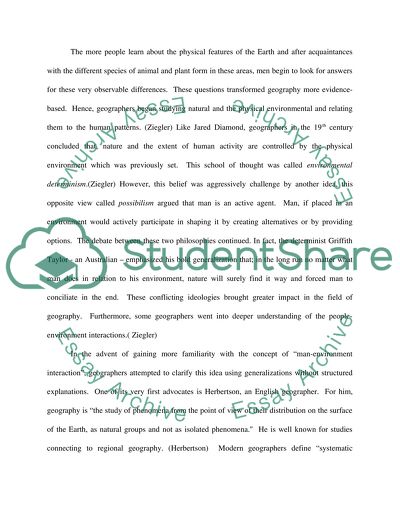Cite this document
(“Geography: History, Study And Application of Kahului, Maui Essay”, n.d.)
Geography: History, Study And Application of Kahului, Maui Essay. Retrieved from https://studentshare.org/geography/1502570-geography-history-study-and-application-of-kahului-maui
Geography: History, Study And Application of Kahului, Maui Essay. Retrieved from https://studentshare.org/geography/1502570-geography-history-study-and-application-of-kahului-maui
(Geography: History, Study And Application of Kahului, Maui Essay)
Geography: History, Study And Application of Kahului, Maui Essay. https://studentshare.org/geography/1502570-geography-history-study-and-application-of-kahului-maui.
Geography: History, Study And Application of Kahului, Maui Essay. https://studentshare.org/geography/1502570-geography-history-study-and-application-of-kahului-maui.
“Geography: History, Study And Application of Kahului, Maui Essay”, n.d. https://studentshare.org/geography/1502570-geography-history-study-and-application-of-kahului-maui.


